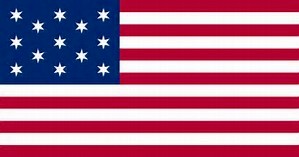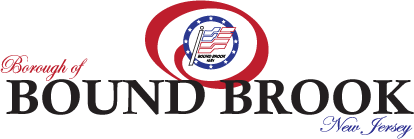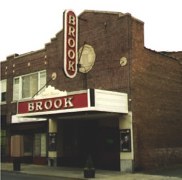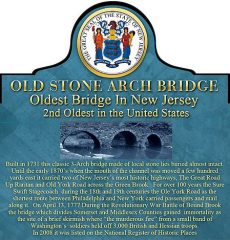History of Bound Brook
The area was first settled in 1681 and a community was established near the Bound Brook stream of the same name, which flows into the Raritan River from the Green Brook on the eastern side of the borough. The brook, which was mentioned as a boundary in a Native American deed, provides the source of the borough’s name.
A wooden bridge over the Raritan River was erected as early as 1761 and was named the Queen’s Bridge in 1767. Later, it became a covered bridge. During the American Revolutionary War, the bridge was used repeatedly by both sides during the Battle of Bound Brook in 1777.
In 1875, the wooden bridge was replaced by a steel pipe truss bridge. More than 100 years later, that bridge was itself replaced by a steel girder bridge in 1984, still using the old pillars, the bridge was renovated and repaved in 2007.
In July, 1776, several days after the adoption of the Declaration of Independence, Hendrick Fisher read the document to the townspeople in front of the Freylinghuysen Tavern, located at 213 East Main Street. The tavern was owned and run by Peter Harpending in a house built on this site by his Dutch immigrant father. Hendrick Fisher was a strong supporter of independence and served in several important positions during the Revolutionary War, including one of three representatives for New Jersey for the 1765 Stamp Act Congress, and served in 1775 in the Provincial Congress of New Jersey.
The Battle of Bound Brook, one of the battles in the New York and New Jersey campaign during the American Revolutionary War, occurred on April 13, 1777, and resulted in a defeat for the Continental Army, who were routed by about 4,000 troops under British command.
The Place To Dwell
In 1909, the Bound Brook Board of Trade published Bound Brook, The Place to Dwell.
Looking back you will see that much of Bound Brook has changed, but so much has remained the same. We are a small town, we are close-knit, and we care. From the long time business owner to the lifelong resident and all those in between, we have what many towns lack – community. We are poised once again for great things.
On page seven of this book you will read, ~ A wise man says, “He wants to live in a place that not only was alive one hundred years ago, but is alive and growing today.” 106 years later, we are still alive and growing. We are still the place to dwell!
 Where the Flag Was First Unfurled
Where the Flag Was First Unfurled
The Betsy Ross Flag was first officially raised in 1777 by General Washington in the Camp of the Continental Army at Bound Brook.
Francis Hopkinson, Delegate to the Congress from New Jersey and a signer of the Declaration of Independence, deserves recognition for designing the American flag.
On June 14, 1777, the Continental Congress, meeting in Philadelphia, adopted the 13 Stars and Stripes flag as America’s colors, replacing the Grand Union flag existing since January 2,1775.
Betsy Ross, among other seamstresses, is credited with having sewn this flag based upon a design submitted to Congress by Francis Hopkinson, a delegate to the Congress from New Jersey, who possessed knowledge of heraldry.
The flag attributed to Hopkinson has thirteen stripes and thirteen stars in five rows of 3-2-3-2-3 on a blue field. While the flag resolution is silent on the star arrangement, some flags were made with five pointed stars, while others had six or more points. The flag flown over Washington Camp Ground on Middlebrook Road has six pointed stars.
Because the Continental Army was encamped in the Middlebrook area on June 14 and several successive weeks in 1777, this flag is now flown at the Washington Camp Ground on Middlebrook Road, both day and night, by special permission of a formal resolution of the United States Congress.
Read more about this story here.

 Where the Flag Was First Unfurled
Where the Flag Was First Unfurled

